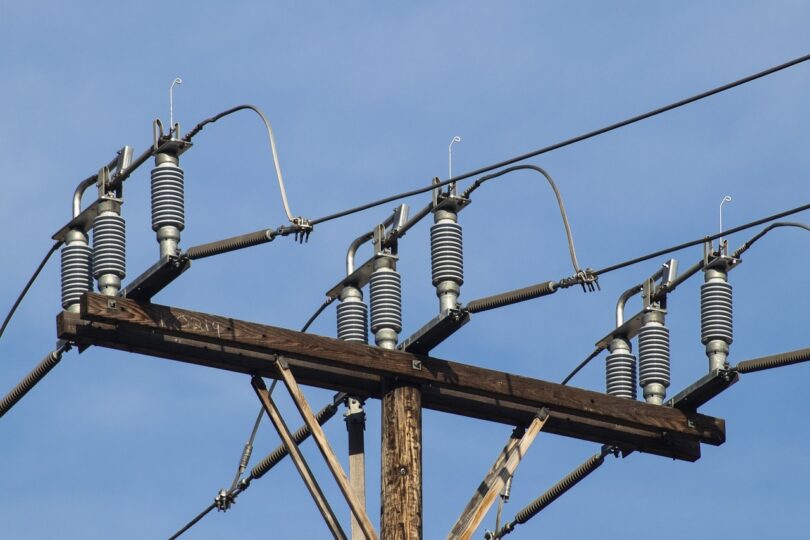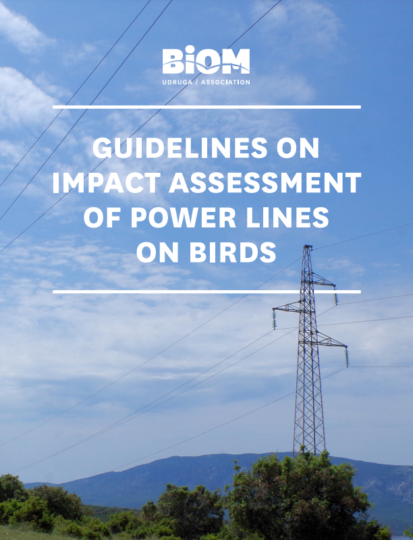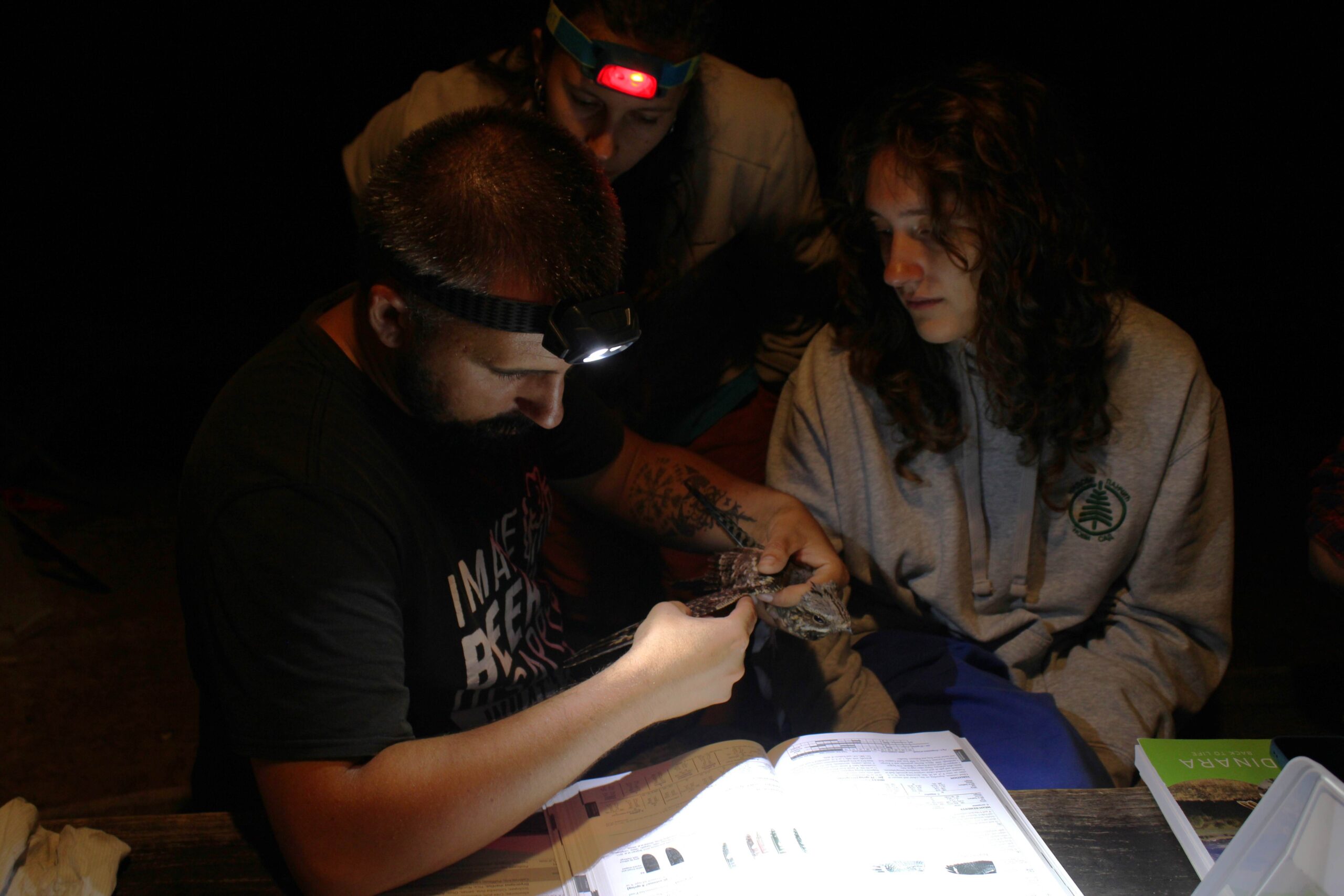Energy transition entails significant environmental changes which can affect the state of nature. The growing energy demands, along with an increased share of renewable energy sources, have to be balanced by respecting the principles of nature protection included in the EU legislation, and transposed into our national regulations.

This is the only way we can ensure a sustainable transition, or rather the development of a new energy infrastructure which will not cause the loss of biodiversity. When we talk about adverse effects of medium-voltage and high-voltage overhead power lines on birds, it is important to highlight their differences depending on the characteristics of the location of the overhead power line in and of itself. This includes topography, habitat, and tree cover, as well as migration patterns of birds, their anatomy, and behaviour.
The main causes of death of birds on power transmission line networks are electrocution and collision. Electrocution is the killing of birds by electric shock, and it occurs when a bird connects two live components or a live and a grounded component of a utility pole – in other words, when it creates an electric circuit. Electrocution poses a risk to larger bird species, with low-voltage and medium-voltage electricity networks being the most dangerous. High-voltage electricity networks pose a risk to birds primarily because of collisions, which are instances of physical clashes of birds with power lines or other parts of electricity networks.
Adverse effects of power transmission lines can be prevented successfully by careful planning of new infrastructure in order to avoid migration corridors and other areas important to birds, by building a new infrastructure that will be safe for birds by design, and by implementing mitigation measures on existing power transmission lines in order to, for example, make them more visible.
Following our previous work in the area of the impact of power transmission lines, we created Guidelines for the Assessment of the Impact of Power Transmission Lines on Birds in order to facilitate the planning and implementation of this infrastructure in accordance with nature protection principles, consistent with EU directives on the protection of birds and other species and habitats. Our goal within the “Hope for birds” project was to create guidelines using the best possible global practices for mitigating effects of power transmission lines on birds, whether through mitigating effects on existing power lines, or through an enhanced system for planning new infrastructure projects (bird-friendly power transmission lines).
The guidelines will help entitled parties, but also the energy sector, in order to better capture such impact and propose measures necessary to mitigate them during the planning and implementation of a new electricity network.

Translated by: Lucia Grzunov






